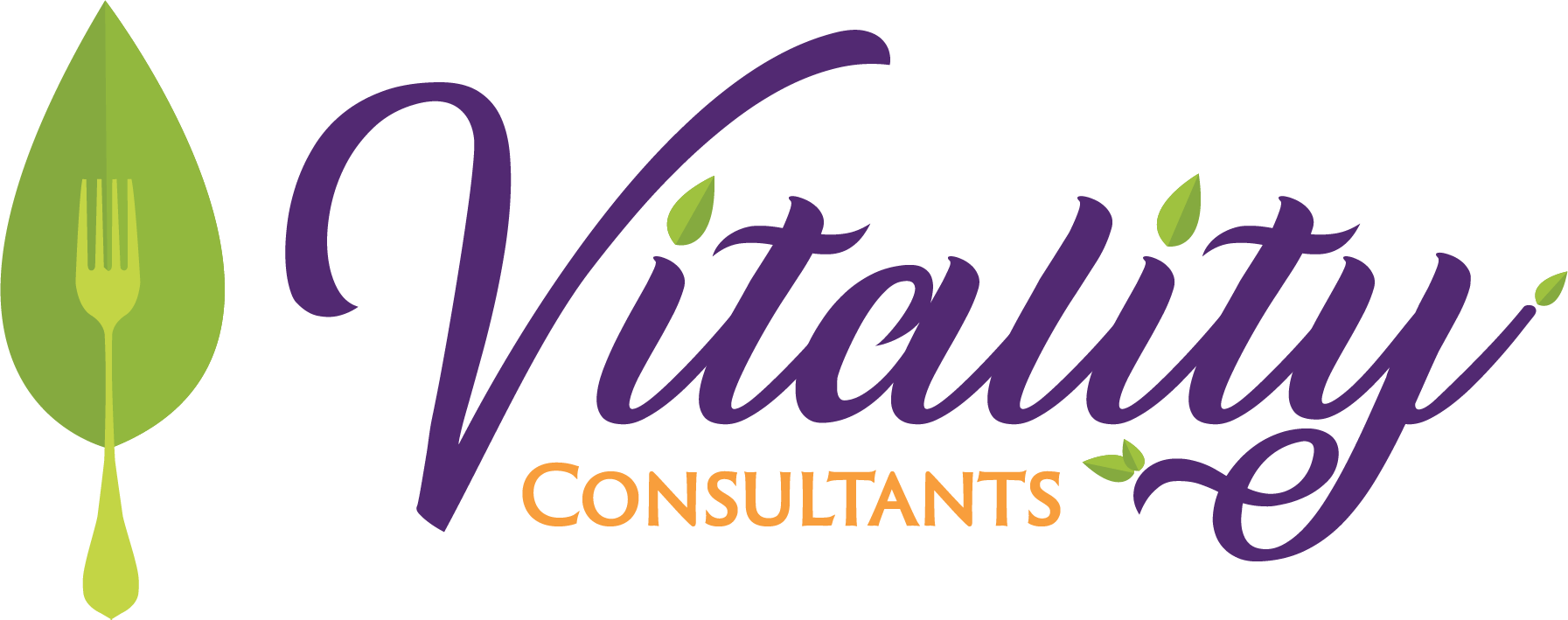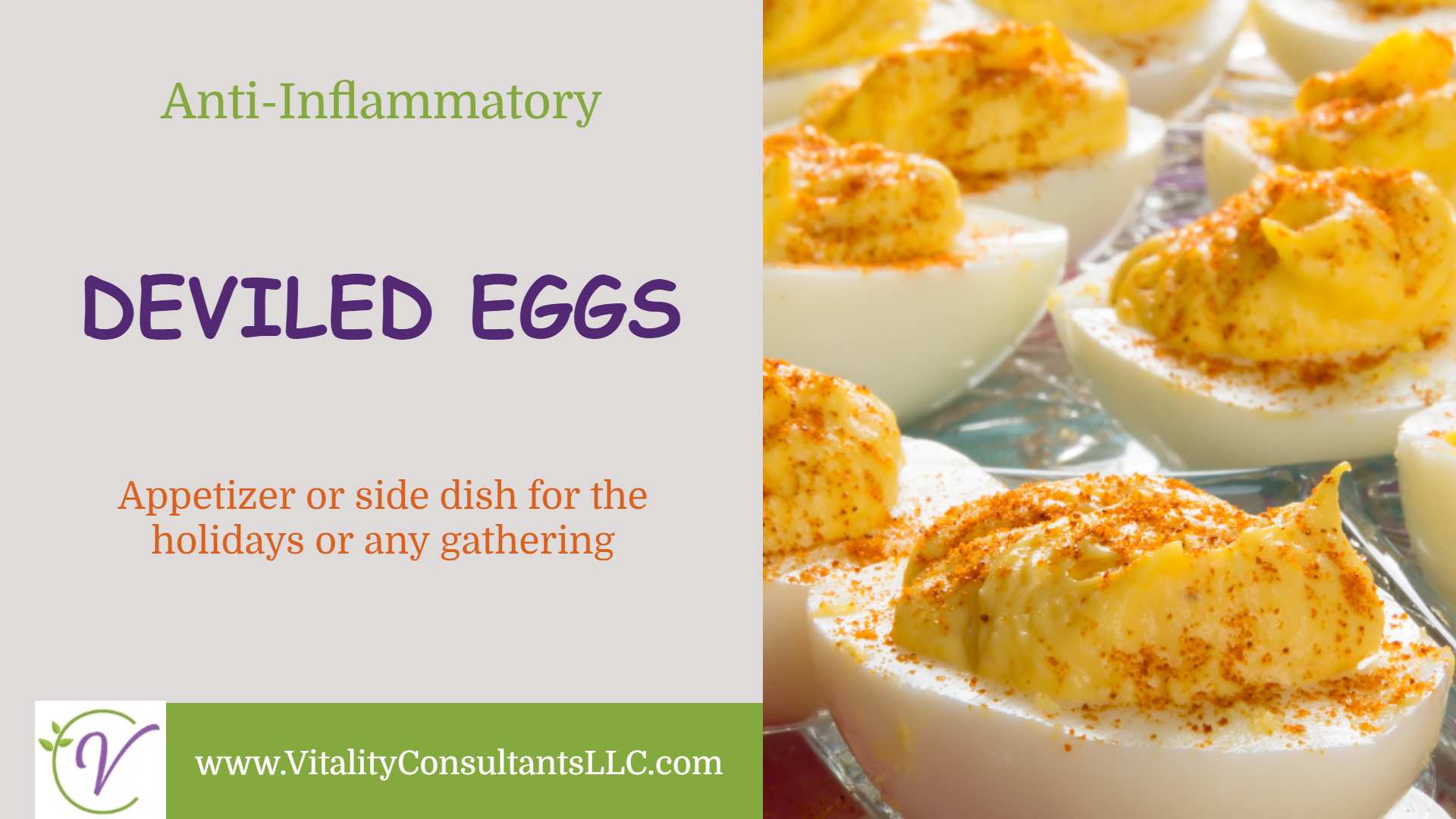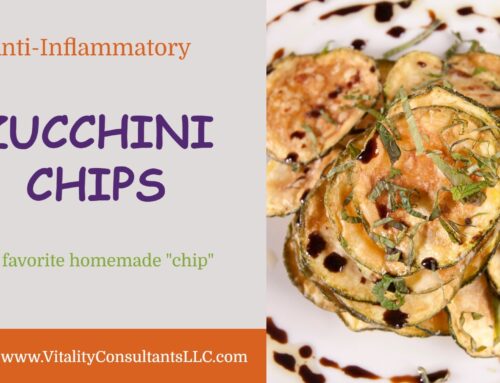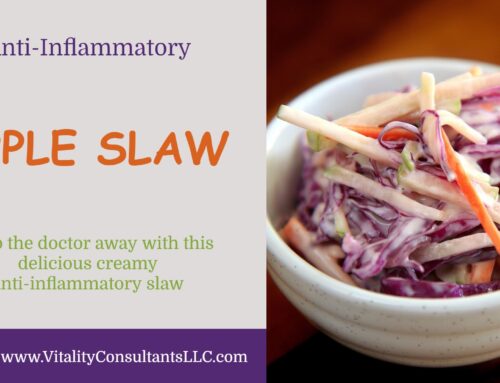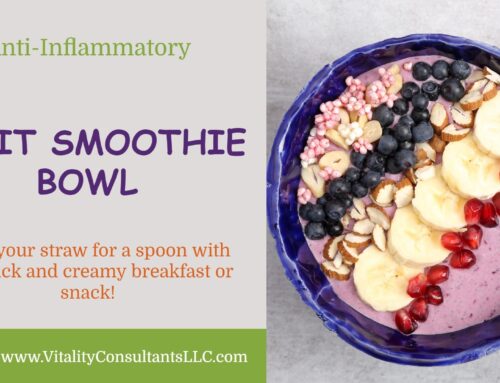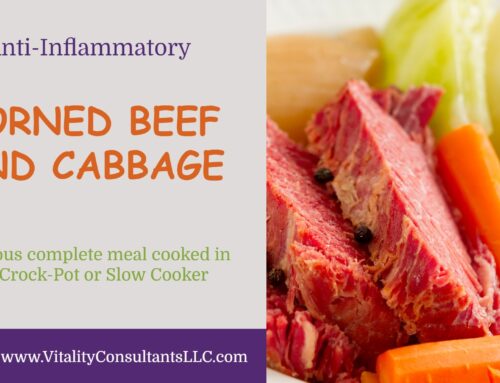We thought it was important to discuss both parts of the egg and how they fit into an anti-inflammatory diet. You’ve likely heard that eggs are high in cholesterol so it is best to eat just the egg whites. It is very common to hear people say that they would like an egg white omelet, and eggs can even be purchased in containers without the yolk. There are so many conflicting thoughts about which part of the eggs are best for you.
Cholesterol in an egg
We can’t begin a conversation about eggs without first talking about cholesterol. It must be noted that the cholesterol you consume in the diet, dietary cholesterol, is different than the cholesterol found in the blood, blood cholesterol. Excessive blood cholesterol is what can lead to an accumulation of plaque in the arteries. And blood cholesterol can increase a person’s risk for heart disease.
Dietary cholesterol comes from animal sources of food. Dietary cholesterol does not directly influence blood cholesterol. A diet high in saturated and trans fats is more likely to raise blood cholesterol than dietary cholesterol. The current recommendations for cholesterol consumption is to consume no more than 300 mg per day. One large egg contains about 190 mg. Recent studies show that a person can eat about seven eggs (including the yolk) a week with no spike in cholesterol. However, if you have diabetes or heart disease, you should check with your doctor to determine if eggs can be a part of your diet.
Nutrients in an egg
Now that we got the discussion about cholesterol out of the way let’s discuss the other nutrients that an egg has to offer. The egg yolk contains all of the vitamins A, D, E, and K that are in an egg. The yolk also contains 90% of the calcium, choline, folate, iron, phosphate, thiamin, zinc and vitamins B6 and B12. The last benefit of the yolk is that it contains omega-3 fatty acids. If you only eat egg whites, you are missing out on these great nutrients, some of which have antioxidant properties.
Looking at the anti-inflammatory properties of an egg yolk, it seems evident that it should be eaten. If you are advised to limit your cholesterol through an anti-inflammatory diet, it may be wise to limit yourself to no more than one egg yolk per day. And use egg whites for the remainder of your meal.
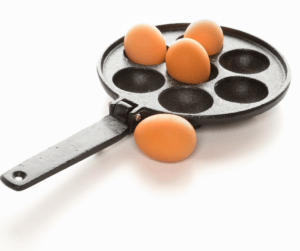 Use an Egg Poacher?
Use an Egg Poacher?
This is a great idea for quick egg salad — use an egg poacher. Crack an egg into the center of each well and in minutes, you’ll have hard-cooked eggs without the time-consuming and tedious job of boiling water and peeling shells!
Instructions: Fill an egg-poaching pan with 1-2 inches of water, set over medium heat and bring to a slight boil. Lightly oil the poaching cups and warm the cups in the pan. Crack an egg into each cup, cover the pan and cook to the desired doneness, 4 to 6 minutes or until yolks are firm.
How about a very simple but delicious recipe for deviled eggs. These are a hit at my house around the holidays or just for a family gathering. My husband will eat them as an appetizer AND a side dish! 🙂
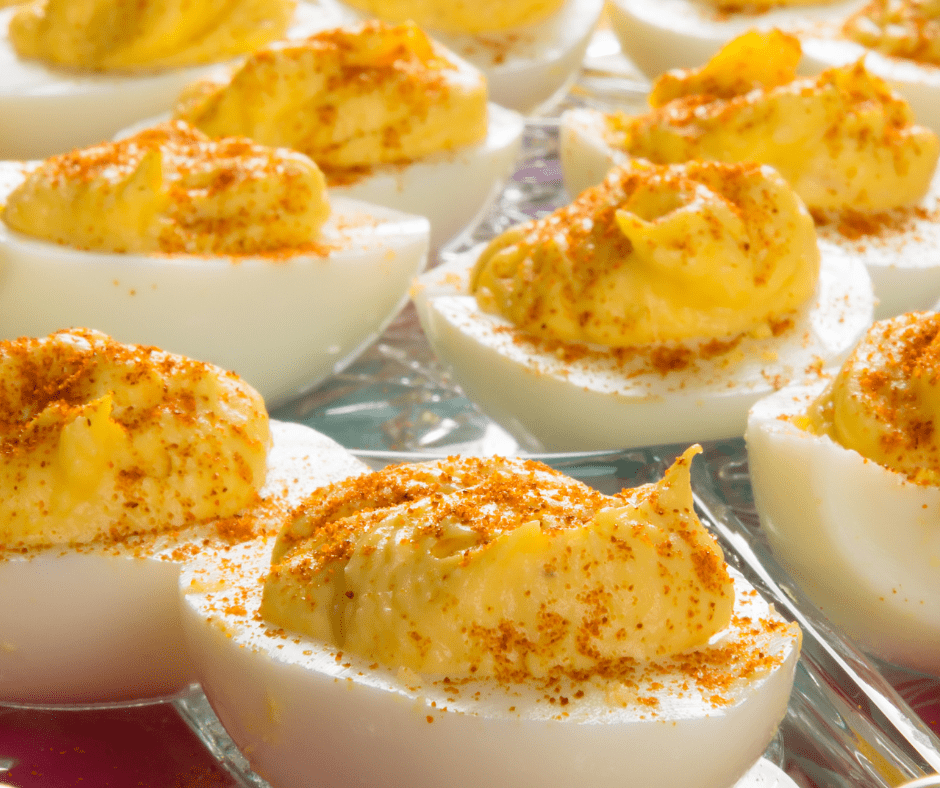
Deviled Eggs
Ingredients
- 1 dozen hard boiled eggs cooled, peeled and halved
- ¼ cup homemade or approved mayonnaise our recipe in the link in Notes below
- 1 Tbsp Dijon or yellow mustard or to taste
- ½ tsp garlic powder
- ¼ tsp onion powder
- ¼ tsp salt
- ½ tsp black pepper
- 3 Tbsp finely diced gherkins
- Paprika
Instructions
- Scoop the yolks from the egg halves and transfer to a medium bowl a mash with a fork.
- Add mayo, mustard, garlic powder, onion powder, salt, pepper and gherkins. Mix well, , mashing mixture until desired consistency is reached.
- Spoon the mixture into the whites and sprinkle with paprika to serve.
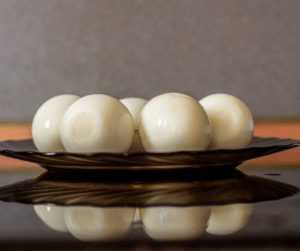 Tip to Quickly Peel Hard Boiled Eggs
Tip to Quickly Peel Hard Boiled Eggs
I’ve always had trouble peeling hard-boiled eggs. The shell would stick to the egg or I would take a big chunk out of the egg. Doesn’t make for a pretty tray of Deviled Eggs. Then, I learned this trick. After cooling the eggs under cold water, I put all the eggs in a saucepan large enough for them to move around a little bit. Shake the pan vigorously from side to side until the eggs are all well cracked. Voila – the shells peel right off!
Want free anti-inflammatory recipes, downloadable resources and efficiency tips and tricks from a professional chef? Of course you do! Click here for the secret sauce!

